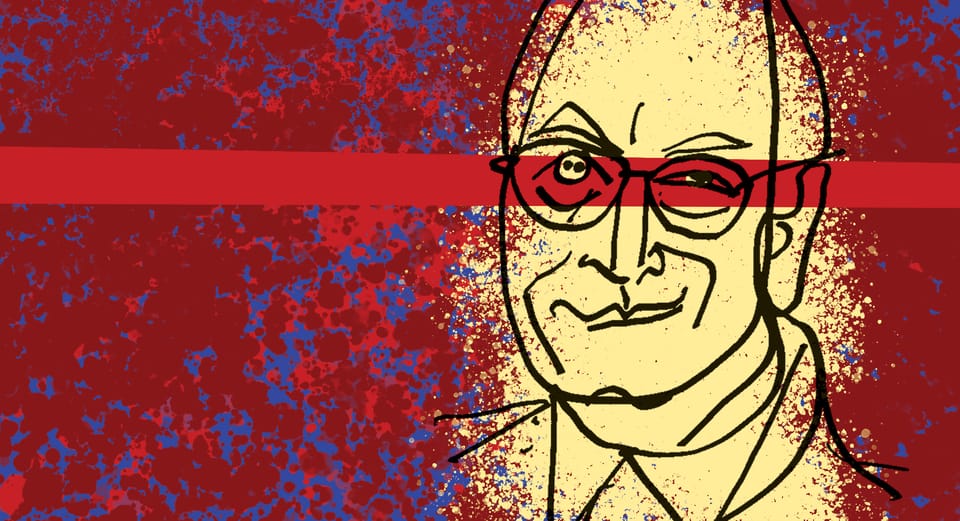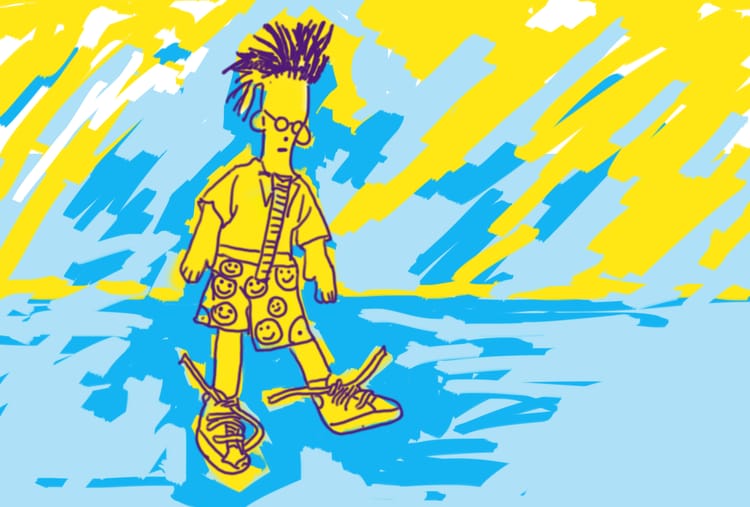Tuesday Obituary: Dick Cheney

by Sahar Tavakoli
In the contemporary age, the procedure known as waterboarding has most often been carried out in the following manner: The subject is immobilised and secured to an inclined bench measuring approximately 120 byx 215 centimetres (or about 4 by× 7 feet), tilted between 10 and 20 degrees. Bound in this slight head-down inversion, a cloth is placed over the upper portion of the subject’s face, initially covering only the forehead and eyes. Over the course of the procedure, the cloth is repeatedly saturated with water and gradually lowered, first to cover the nose and then the mouth, obstructing the airways. The physiological result is the simultaneous stimulation of the gag reflex and the prevention of inhalation. Though it is accurate to describe the psychological effect of waterboarding as rapid onset panic and a sense of lost control, such a description fails to convey the terror of the experience.
Water, in this process, is typically poured from a height of 30 to 60 centimeters (or 12 to 24 inches), from vessels as mundane as a canteen mug or watering can, and at intervals of 20 to 40 seconds. According to the Memorandum Regarding Military Interrogation of Alien Unlawful Combatants Held Outside the United States—drafted in 2002 by the Deputy Assistant Attorney General of the United States for the purpose of advising the US Department of Defense and Central Intelligence Agency on permissible action—a single session of waterboarding might involve repeated rounds of saturation up to but not exceeding twenty minutes. Why you would believe such a source is beyond me.
The use of waterboarding as a mode of torture long precedes the 2002 Memorandum. Across its history, the practice has appeared under many names. In the archives of the Spanish Inquisition, a similar process is referred to as la toca for the gauze used to cover the victim’s face. Similarly euphemistic is water cure by U.S. forces during the Philippine-American War, la baignoire or the bathtub by French forces during the Algerian War of Independence, and, in the early twenty-first century, as Advanced Interrogation by U.S. officials and their British and Australian counterparts.
If the above Memorandum demonstrates an attempt to legalise torture through bureaucratic abstraction, Dick Cheney, then Vice President of the United States, would make it policy. At Cheney’s urging, also in 2002, President George W. Bush signed the Memorandum on Humane Treatment of Taliban and al Qaeda Detainees, declaring that “none of the provisions of the Geneva Conventions apply to our conflict with al Qaeda in Afghanistan or elsewhere throughout the world.” Cheney—the self-styled architect of the War on Terror—would take the last four words of that clause as licence. The following year, U.S. forces invaded Iraq in a war premised on Cheney’s own fabrications.
Richard Bruce Cheney, self-styled architect of the War on Terror, advocate of torture as an instrument of statecraft, a man responsible for the deaths of over a million Iraqis, for the establishment of secret “black sites” and the normalisation of indefinite detention, has died, aged eighty-four, at home in McLean, Virginia. Presumably in bed, and without ever knowing what it is to have water poured his ones face while strapped to one.




Comments ()